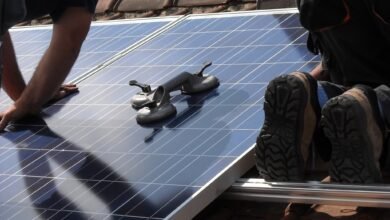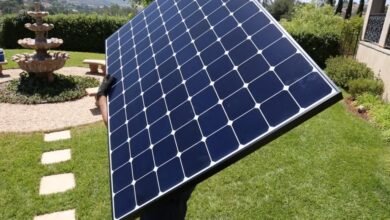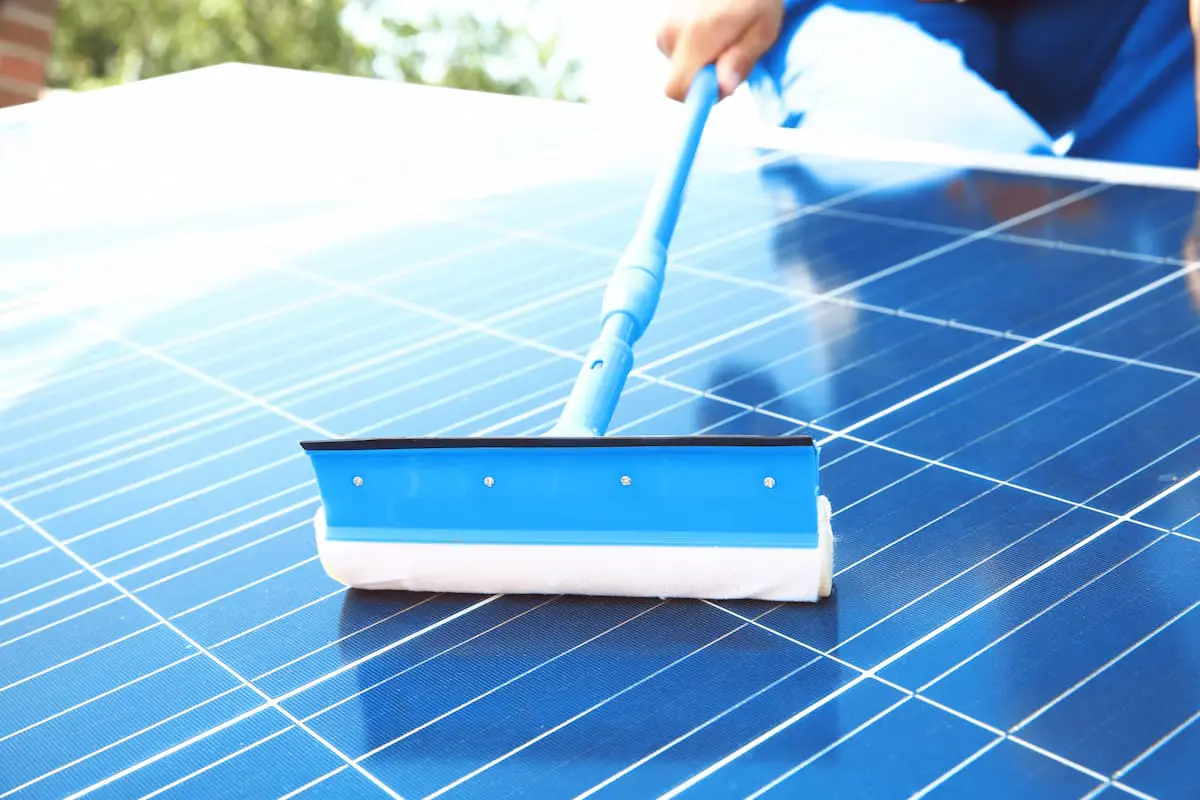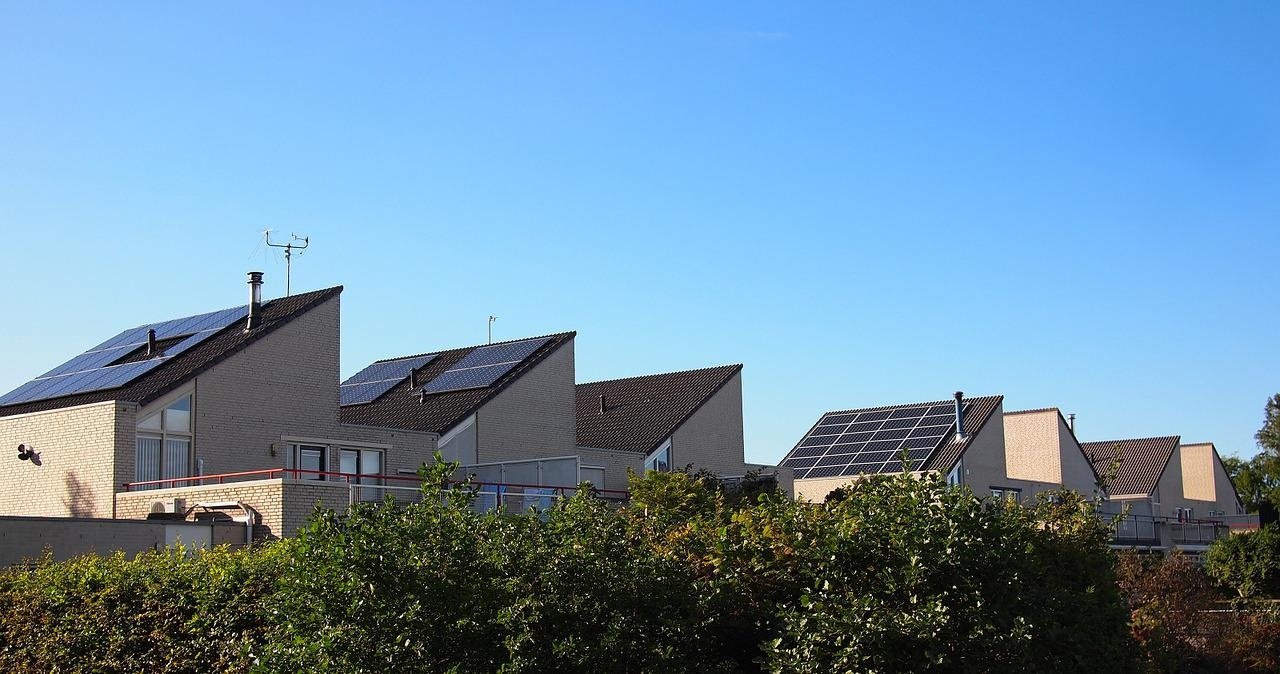
Where can photovoltaic panels be installed?
Only correctly installed photovoltaic panels will guarantee an efficient and effective operation of the photovoltaic installation and, consequently, will guarantee a quick return on investment in photovoltaics. The installation of photovoltaic panels on the roof and, optionally, on the ground is by far the most common. However, you can also install photovoltaic modules, eg. Eg in sheds and even in vehicles.
Installation of photovoltaic panels on the roof.
The roof of the building is the optimal place to install a photovoltaic system. It must provide a sufficiently large surface for the installation of photovoltaic panels. Optimally, you should face south and have an inclination angle in the range of 30-40 or .
In addition, the roof on which the photovoltaic installation is installed must be made of a strong and durable structure that can withstand the additional load resulting from the installation of the photovoltaic installation. The roof covering must also be in good condition and must not show corrosion, cracks or other mechanical damage.
Installation of photovoltaic panels on sloping roof
Each slope of the slope in the range of 15-50 or and orientation of 270 or 90 or, ie , from west to east for pitched roofs, allows the installation of photovoltaic modules and maintain high efficiency of the installation. However, it should be remembered that the efficiency of the installation will be higher the more the parameters of the ceiling meet the optimal conditions.
If the roof faces west or east, consider installing the panels on the opposite slope. So it is an east-west double circuit system, which is capable of reaching up to 85% of the efficiency of the installation under optimal conditions. The only sides of the world we avoid, of course, are the north, the northeast, and the west. Especially if it is sloping roofs with a slope greater than 15o . The efficiency of modules installed in such orientations drops significantly below 70% and therefore has a negative impact on the recovery time of the installation.
Installation of photovoltaic panels on a flat roof
On flat roofs, the orientation towards the world is practically irrelevant. By default, we use a ballast or sloped structure anchored with a slope of at least 13. We can orient it to the south or, if the geometry of the roof does not allow it, in rows perpendicular to the edge of the roof, as far south as possible. . The selection of a sloped structure is closely related to the type of structure and roof covering and often requires additional experience in large buildings.
Installation of photovoltaic panels on paper
For bituminous roofs like roofing felt, bituminous shingles (in full board or OSB board), we select fasteners that will ensure adequate tightness, resistance to gusts of wind, adequate ventilation and water-free drainage. Therefore, double-stranded fasteners for trapezoidal beams or bridges are not applied here. In this case, we use multipoint stainless steel lugs attached to the roof seam, additionally sealed with roofing bituminous mass to ensure, on the one hand, the maximum tightness of the fixing and its resistance to tearing.
Installation of photovoltaic panels on a metal roof tile
In the case of metal tile roofs, we use beam bolts with a gasket that ensures passage through the sheet. In the variant with trapezoidal sheet metal, a better solution are trapezoidal bridges with an EPDM gasket screwed directly to the sheet.
Installation of photovoltaic panels on ceramic tile.
The assembly of the structure under the panels on the roof covered with ceramic or concrete tiles is one of the most laborious and difficult. It requires fixing the fasteners to the roof structure in such a way that, on the one hand, the loads are not transferred directly to the tiles (possible damage), and, on the other hand, the tightness and integrity of the roof is maintained. . The fixing must not “rest” on the tiles (popular “S” type supports). It should also pass freely through the tile locks, which in turn requires polishing.
Installation of photovoltaic panels in the garage or shelter.
If the roof of the building does not provide an adequate surface or its structure prevents the implementation of photovoltaic cells, an alternative solution may be to install photovoltaic panels in a garage or utility shelter. This solution makes it possible to use the structure of the house already installed, reducing the costs derived from the need to acquire a support structure for photovoltaic cells. When installing photovoltaic panels in canopies, pay attention to their load capacity, as well as structural rigidity and durability.
Installation of photovoltaic panels on the ground.
Installing photovoltaic panels on the ground is an alternative method of installation when, for various reasons, they cannot be installed on the roof of the building. It should be remembered that the price of installing photovoltaic panels on the ground may be higher than that of installing the same installation on the roof of the building. The reason is the need to invest in a suitable support structure for photovoltaic cells. However, installation on the ground is much easier and allows easier maintenance of photovoltaic installations afterwards.





